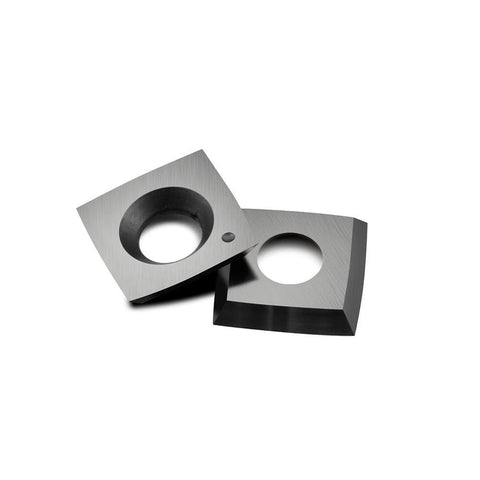|
|
Exploring the World of Carbide Inserts: A Comprehensive Guide to Grades and Applications
Carbide inserts are crucial components in modern machining, offering durability and precision in cutting processes. These inserts come in various grades, each designed to handle specific materials and cutting conditions. Understanding the different grades of carbide inserts can help machinists select the best tool for their needs, optimizing performance and extending tool life.
Carbide inserts are typically categorized based on their composition and the application for which they are intended. The ultimate performance of these inserts depends heavily on their grade, which is determined by the type and amount of carbide, binder materials, and other additives used in their manufacture. Commonly, carbide inserts are classified into several grades: fine, medium, and coarse.
Fine grades of carbide inserts are often used in high-precision machining. These grades are made from fine tungsten carbide particles mixed with cobalt or nickel binder. The fine grade inserts are ideal for working with softer materials and achieving tight tolerances. They offer a smooth finish and high cutting accuracy but may not be suitable for high-speed or heavy-duty cutting due to their lower wear resistance.
Medium grades are a versatile choice, balancing durability and precision. They are often used in general-purpose machining and can handle a range of materials from mild steels to some hardened steels. Medium grade carbide inserts have a coarser grain structure compared to fine grades, which provides better wear resistance and heat resistance. This makes them suitable for a wider range of cutting conditions and materials.
Coarse grades are designed for heavy-duty machining. These inserts are made with larger tungsten carbide grains and a higher percentage of binder material. The increased toughness of coarse grades allows them to withstand higher cutting forces and temperatures, making them suitable for cutting hard materials and handling aggressive cutting conditions. However, they may not offer the same level of precision as finer grades and can result in a rougher surface finish.
In addition to these general categories, there are specialized grades of carbide inserts for specific applications. For instance, grades with high cobalt content are often used for cutting hard materials like stainless steels or superalloys. Inserts with high tungsten carbide content, on the other hand, are preferred for cutting non-ferrous materials such as aluminum and copper due to their superior wear resistance.
The choice of carbide insert grade also depends on the type of machining operation. For turning operations, insert grades with a focus on edge strength and wear resistance are preferred. Milling operations might require inserts with a higher resistance to impact and thermal shock. Drilling applications, which involve high radial forces, benefit from inserts designed for high toughness and stability.
Carbide insert grades are also affected by coatings, which can enhance their performance. Coatings such as titanium carbide (TiC), titanium nitride (TiN), or titanium carbonitride (TiCN) can significantly extend the life of carbide inserts by reducing friction and improving heat resistance. Coated inserts are particularly useful in high-speed machining and when working with abrasive materials.
When selecting carbide inserts, it is essential to consider the material being machined, the cutting conditions, and the specific requirements of the operation. Matching the insert grade to these factors ensures optimal performance and cost-efficiency. Machinists should also be aware of the impact of cutting parameters like speed, feed rate, and depth of cut, which can influence the performance and longevity of the inserts.
In summary, the different grades of carbide inserts play a crucial role in machining operations. From fine grades for precision work to coarse grades for heavy-duty cutting, each type offers unique advantages depending on the application. Understanding these grades and their characteristics allows machinists to make informed decisions, ultimately improving their machining processes and achieving better results.
|
|
|
 |





